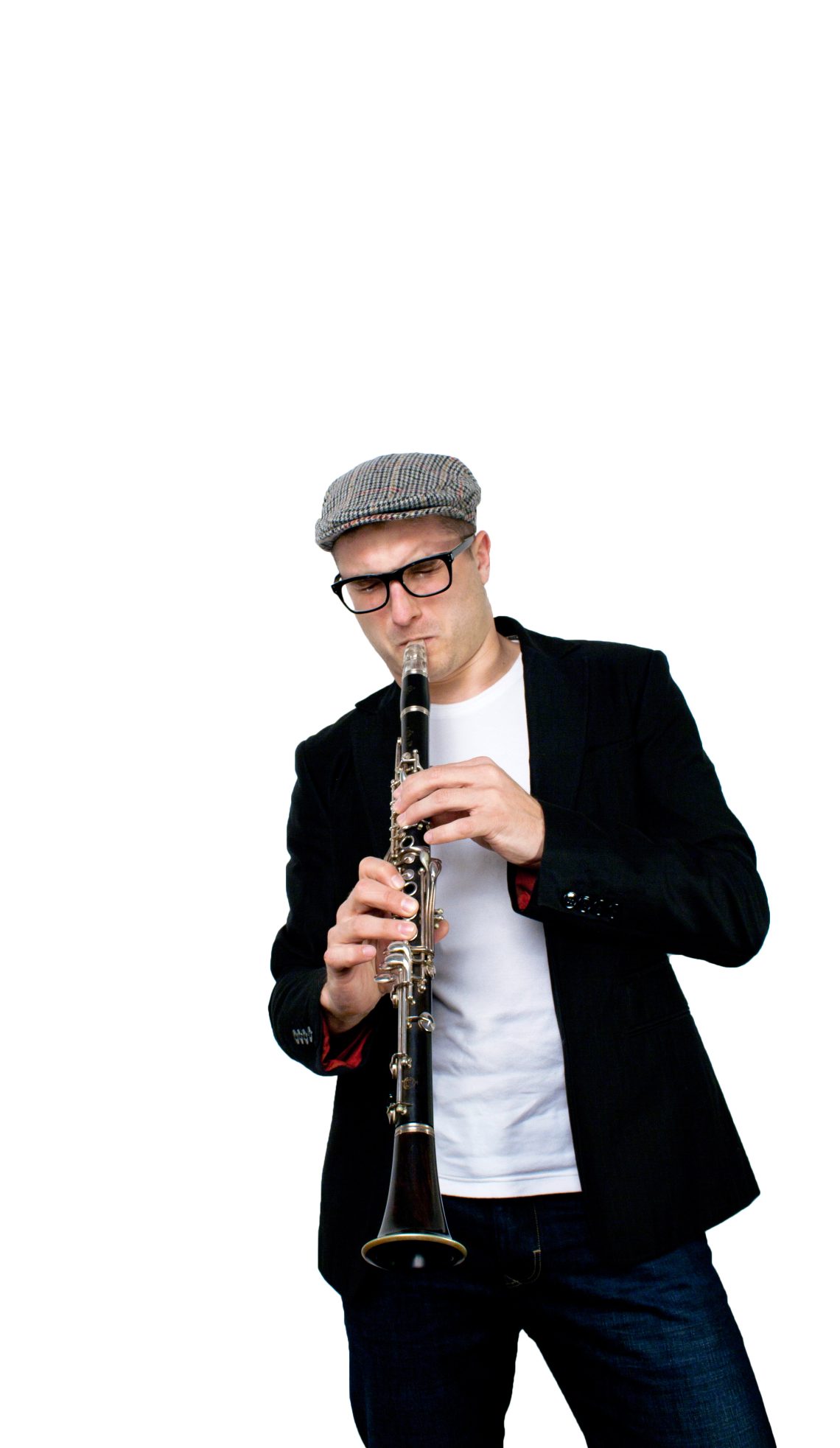On a recent evening, a colleague of mine reached out to ten of his clarinet playing colleagues (including this author) with a conundrum:
“Help! I have a 9th grade private clarinet student who is a great player, but he anchor tongues and it’s the biggest hurdle holding him back. Does anyone have any tips for fixing this?”
Fully expecting my colleagues to jump in with all kinds of cures, I watched in surprise as, one by one, we all gave similar advice:
“If his tongue speed is good and he’s not planning to be a music major, it’s generally not worth fixing.”
Gasp! But…how could a group chat of professional players and teachers, including multiple tenured and retired university clarinet professors, say this? Isn’t anchor tonguing a cardinal sin of clarinet playing?
Well…not really. It’s not the actual method of tonguing that’s the problem, it’s the symptoms that matter.
Clarinet Articulation
Clarinetists have been instructed from time immemorial to articulate the same way: “Tip of the tongue to the tip of the reed”. When performed properly, this creates a light, agile, and versatile articulation that encourages the back of the tongue to be high, increasing air speed and focusing the sound and intonation.
But, for some students, they find this to be unnatural and instead choose to “anchor” the tip of their tongue behind the bottom of the lower teeth, touching the middle portion of the tongue to the tip of the reed.
Anchor Tonguing – The Pros And Cons
There are several advantages to this method over the traditional tip-to-tip method, including:
1. A more stable, consistent tongue position for young students that otherwise struggle to keep the tip of the tongue close to, but not on, the reed while playing.
2. Faster articulation (thanks to the stability of the tongue created by firmly planting the tip behind the lower teeth, limiting excess tongue motion).
The negative symptoms associated with this style of tonguing can include:
1. An unfocused sound.
2. Flat pitch.
3. “Thuddy” sound while articulating (caused by too much surface area of the tongue touching the reed).
Making Anchor Tonguing Work
While the traditional tip of the tongue to tip of the reed approach should be the goal for advanced students and professionals, the process of converting a student from anchor tonguing to tip-to-tip articulation is a difficult one, as the student must go back to square one and completely relearn how to articulate.
For many students, this is simply not practical – they don’t have the hours to commit to relearning articulation. For band directors, you also risk having one of your students essentially out of commission for weeks, if not months, relearning how to articulate.
Instead, identifying your anchor tonguers and encouraging them to minimize the negative symptoms above may prove a more practical approach.






















